Electrical receptacles, also known as outlets, need to follow certain guidelines and pass specific tests no matter what they may be used for. Each different grade of the receptacle is clearly marked with their classification. One of these classifications is marked with a green dot. What does it mean?

Green dot receptacles are marked to designate they are Hospital Grade. Another designation of “Hospital Grade” or “Hosp. Grade” is printed on the back of the receptacle. First off, these receptacles must qualify for UL certifications that general use receptacles must also qualify for. Then, these receptacles must undergo a different series of tests to be labeled with a green dot.
One such test is for the strength of the connection. A receptacle is hung upside down with a pin inserted and a weight attached. The connection is supposed to remain intact without the pin popping out. The receptacle must also be durable enough to withstand crashing and crushing. Extra grounding reliability is also built in.
All these features and even more are what give these receptacles a Green Dot.



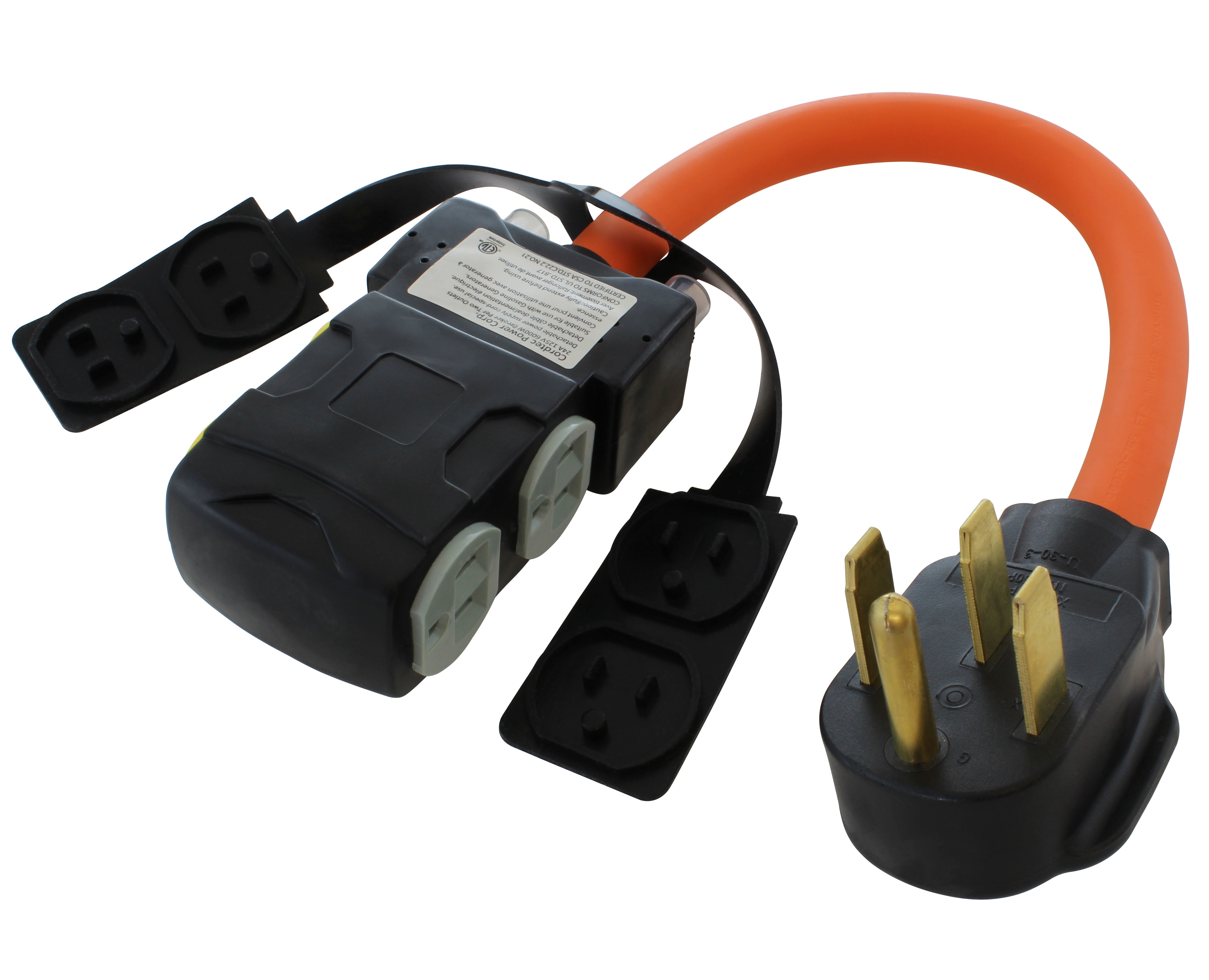
![AC WORKS® [ASINSS2PBX-G] 50A Locking 4-Wire CS6375/ SS2-50 Heavy-Duty Transfer Switch Inlet Box](http://acworks.com/cdn/shop/files/ASINSS2PBX-0_0206b362-7c90-42a5-8754-0685c13dab7e.jpg?v=1758051675&width=2500)

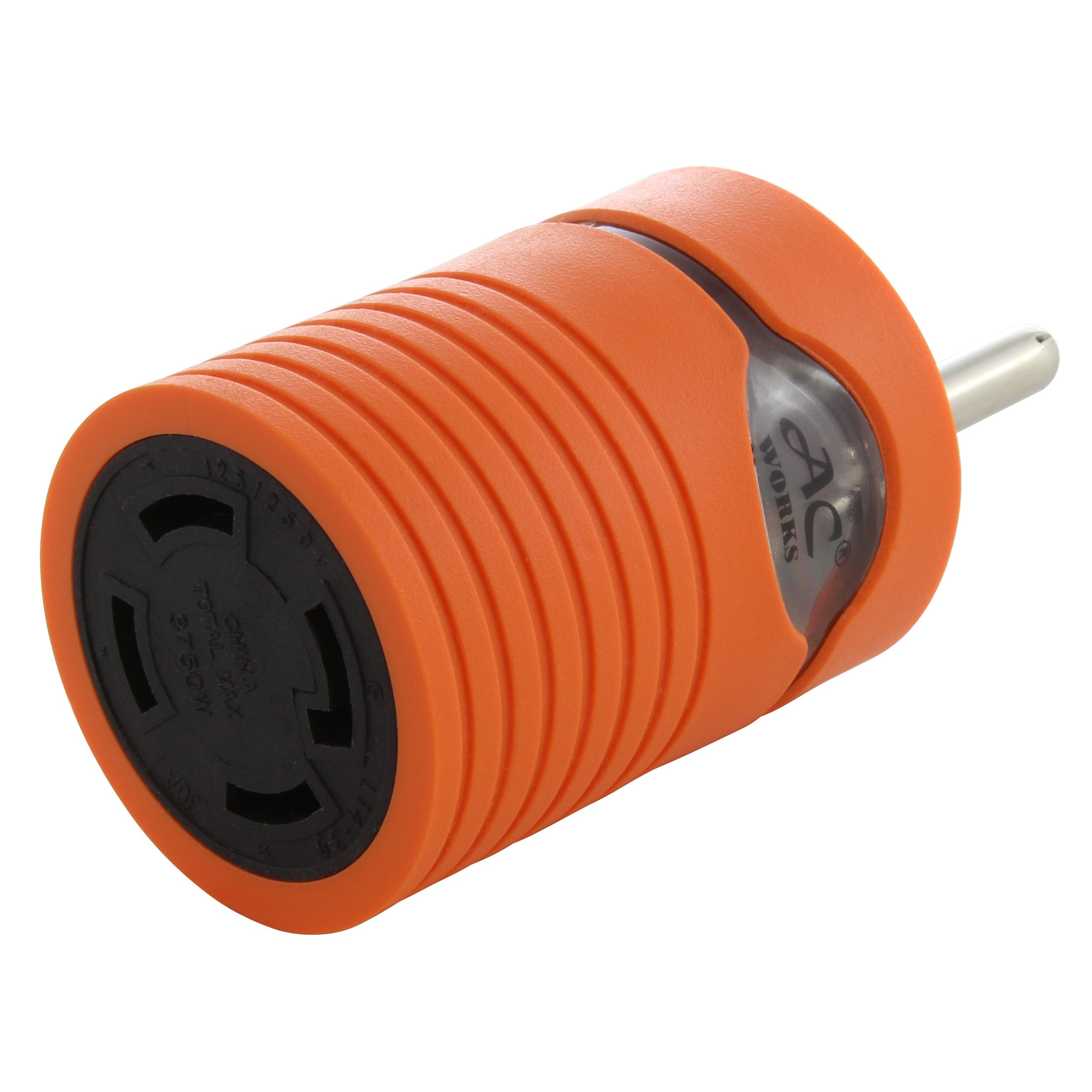
![AC WORKS® [S1430CBF520] 1.5FT 14-30P 4-Prong Dryer Plug to (4) Household Outlets with 24A Breaker](http://acworks.com/cdn/shop/products/S1430CBF520.jpg?v=1666103519&width=4656)
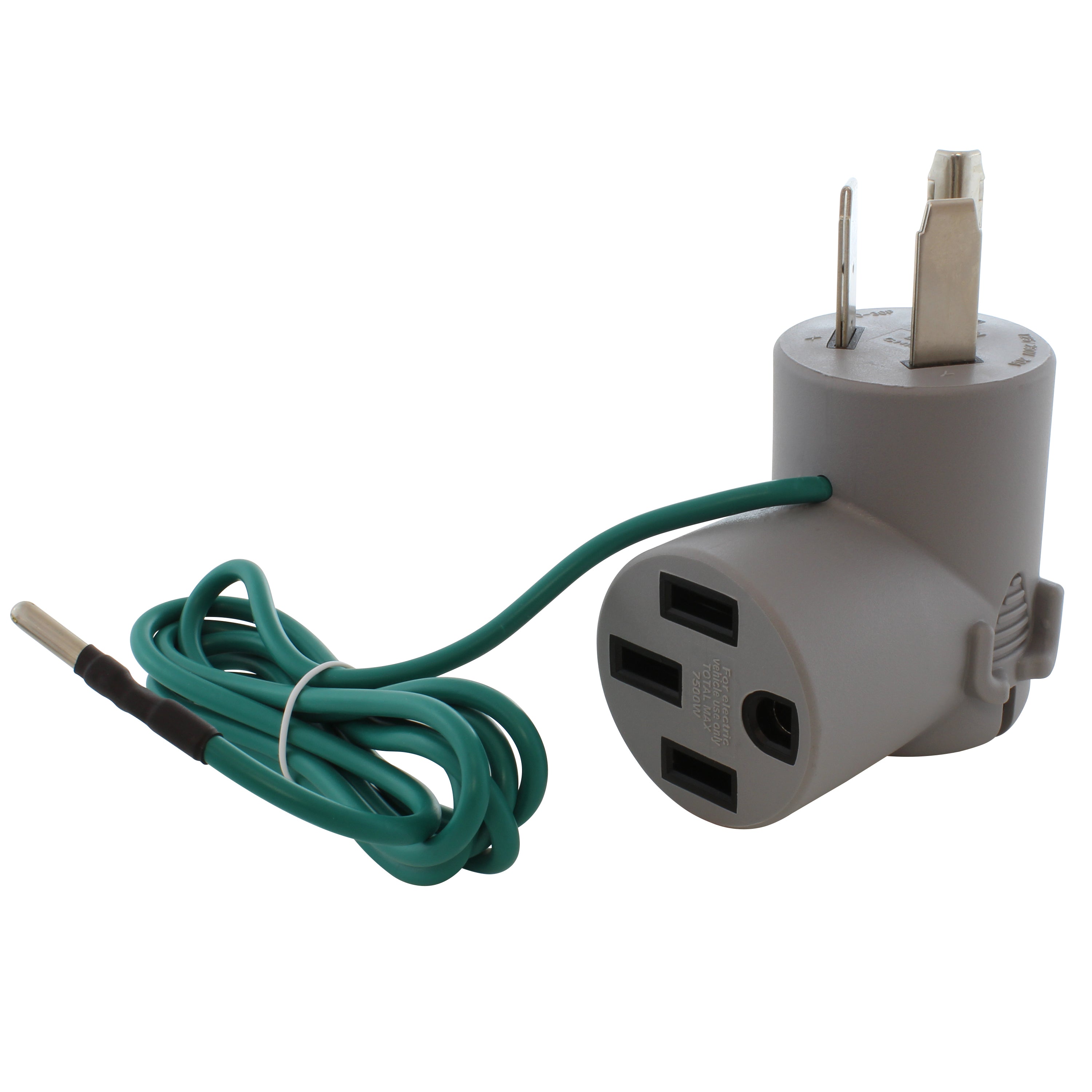
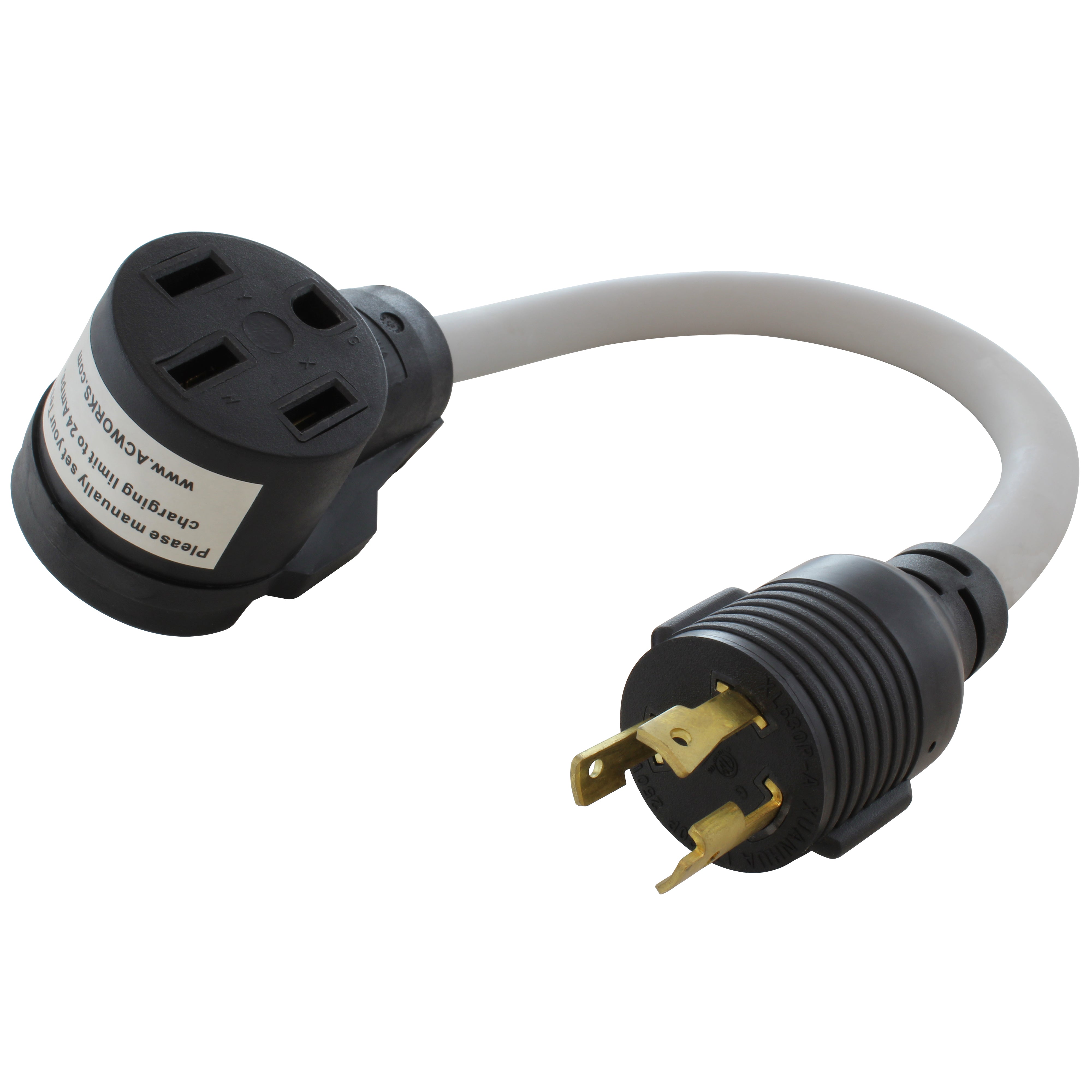
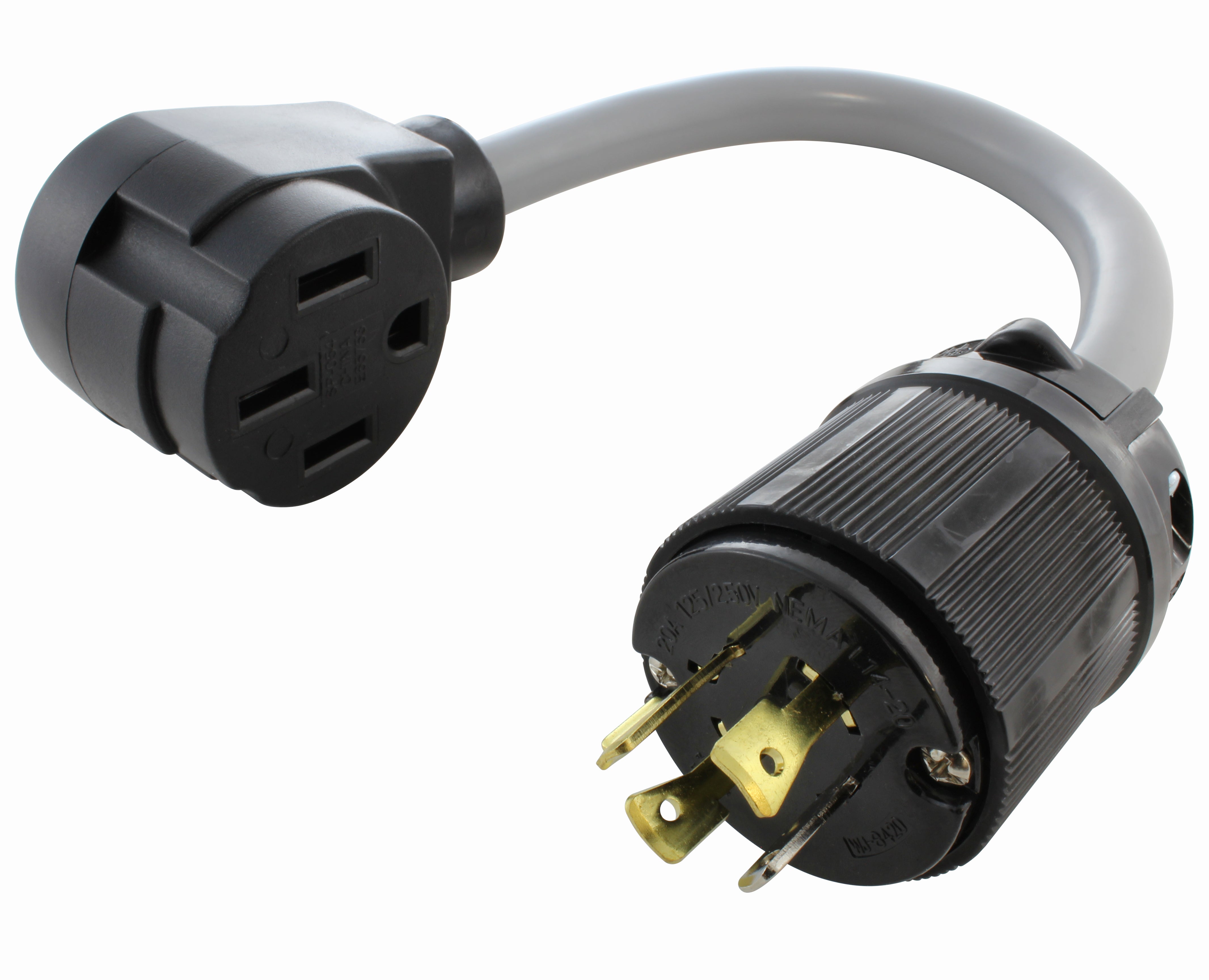

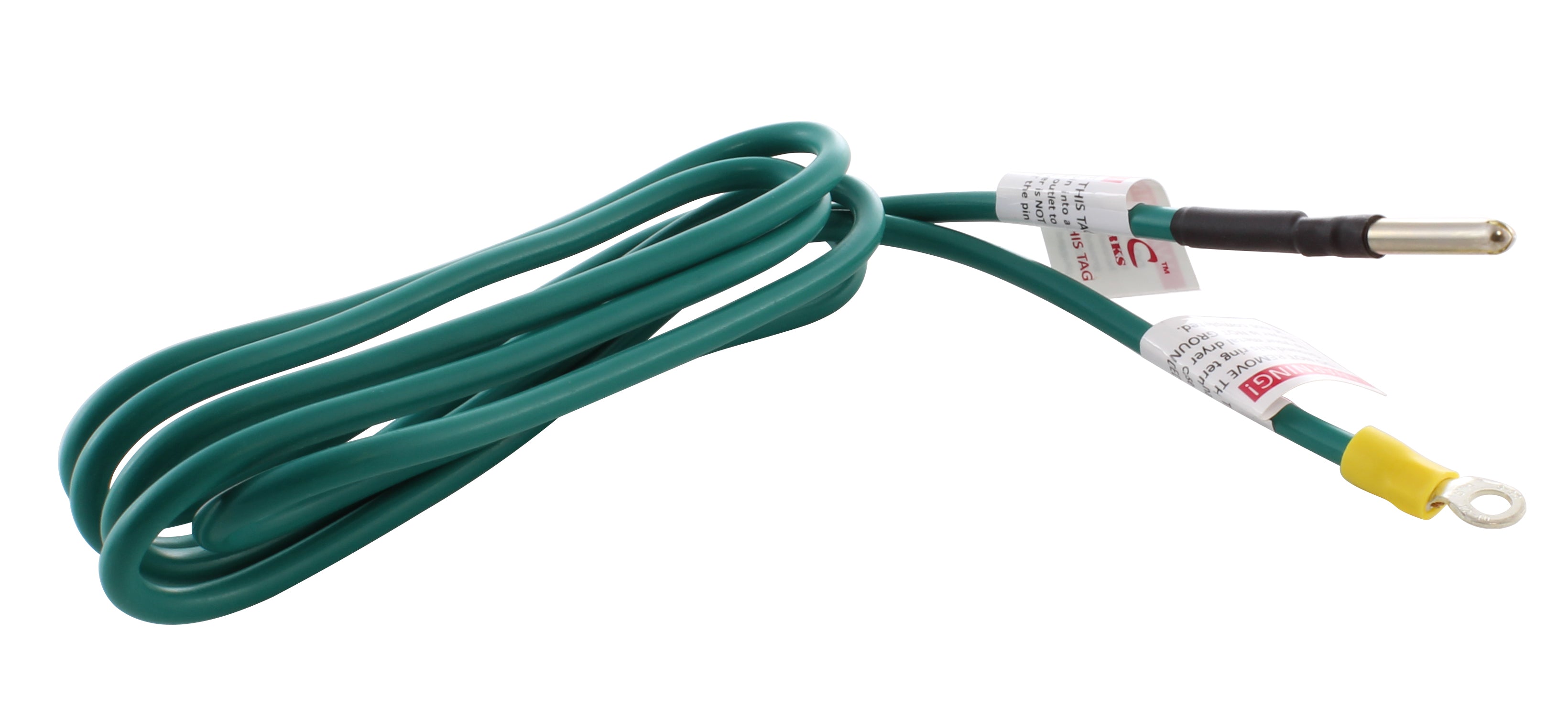

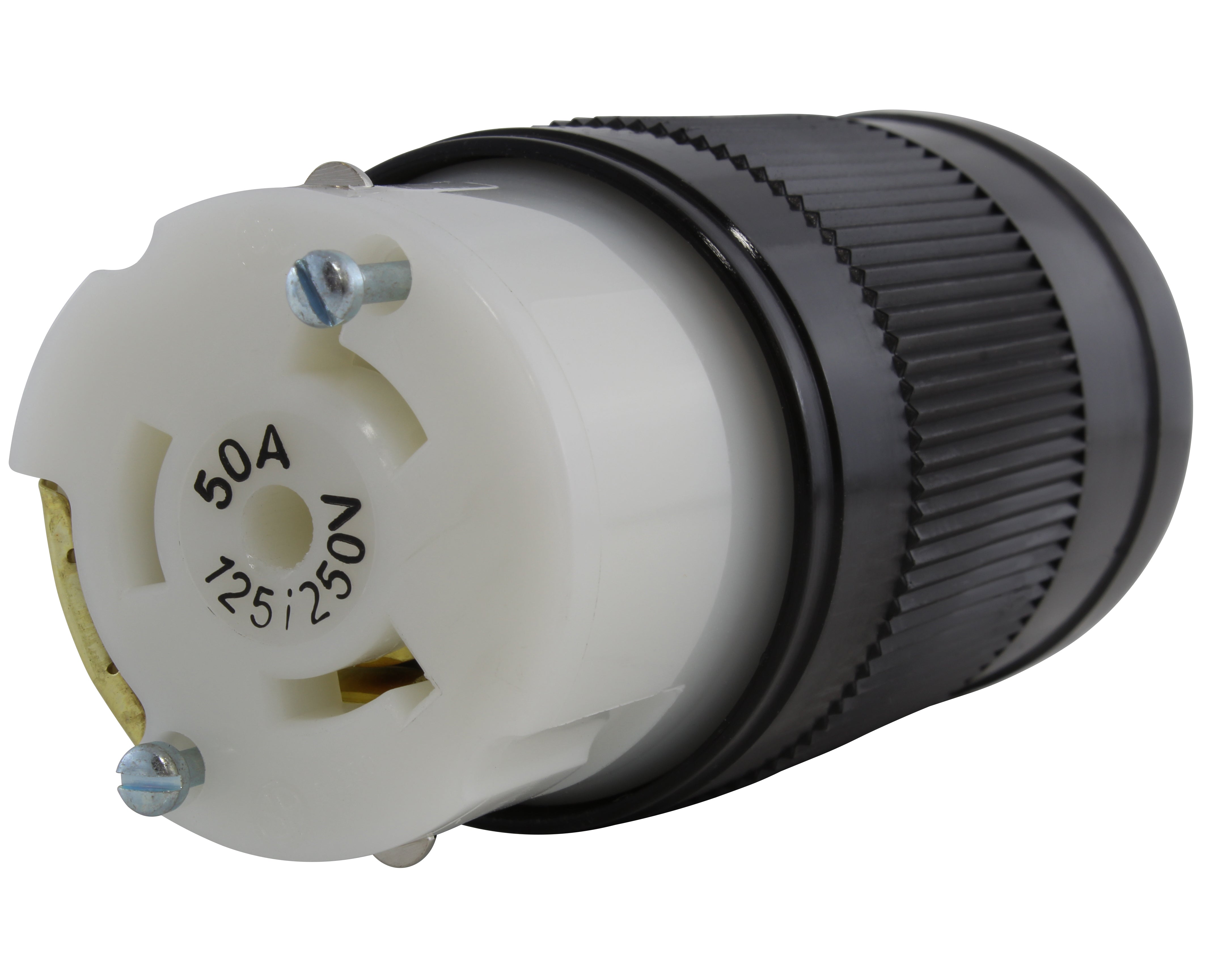


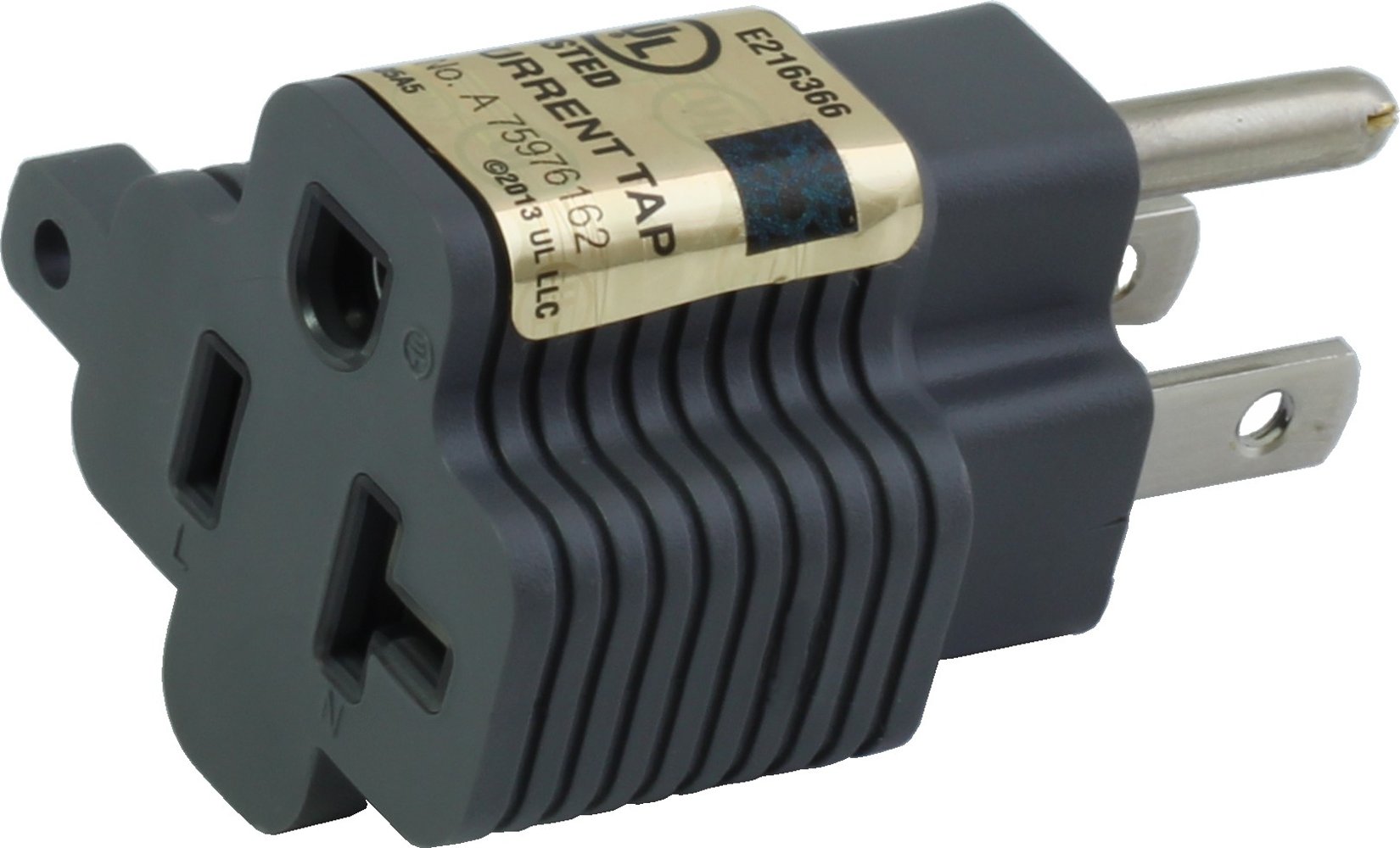
![AC WORKS® [ADV104] 3-Prong Heavy-Duty V-DUO Household Outlet Adapter](http://acworks.com/cdn/shop/products/ADV104-0.jpg?v=1605738768&width=3128)
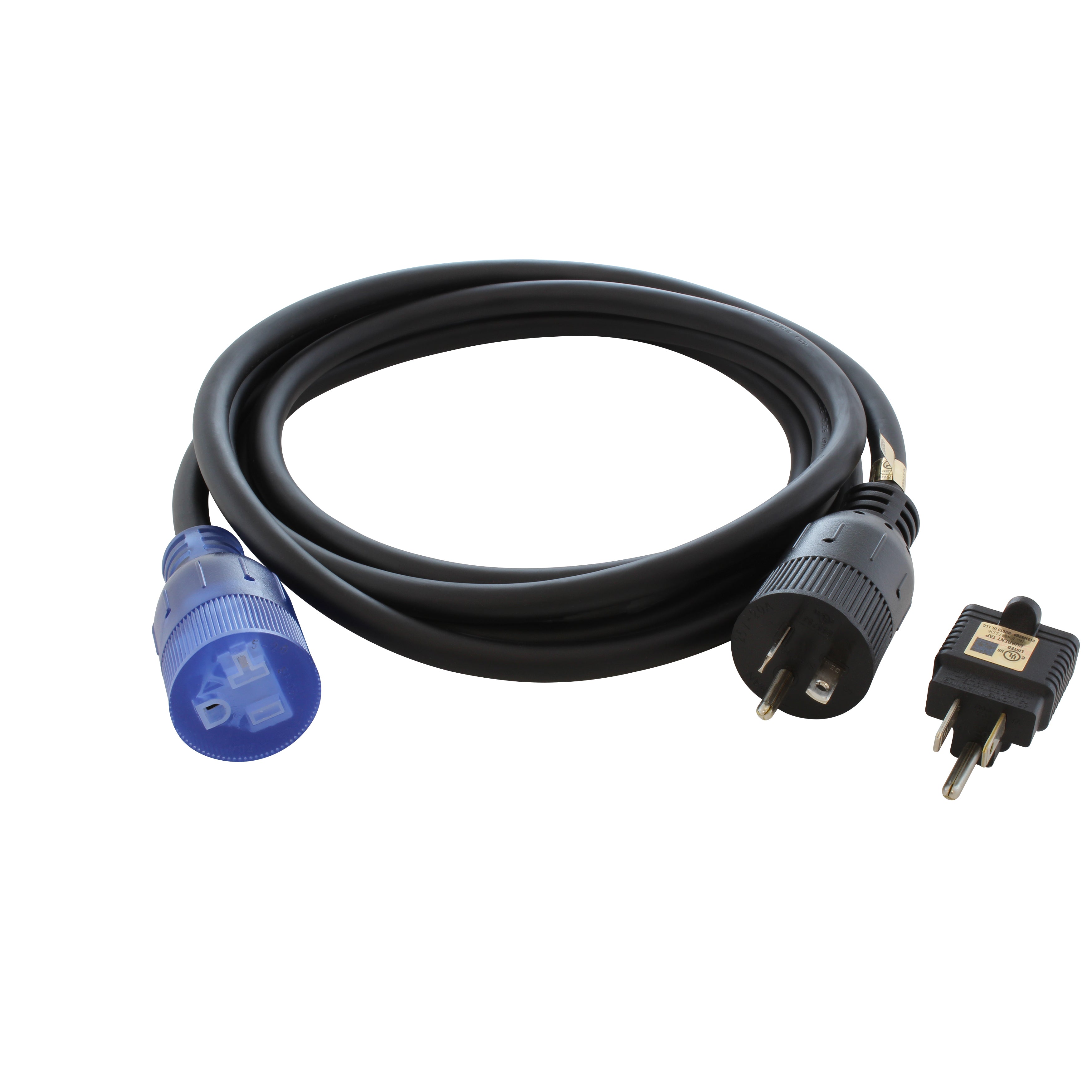
![AC WORKS® [XH515520] 15A to 15/20A 125 Volt Plug Adapter with ETL Safety Approval](http://acworks.com/cdn/shop/files/XH515520-0_daea425a-f439-48df-bb75-052167057f12.jpg?v=1729091519&width=2500)

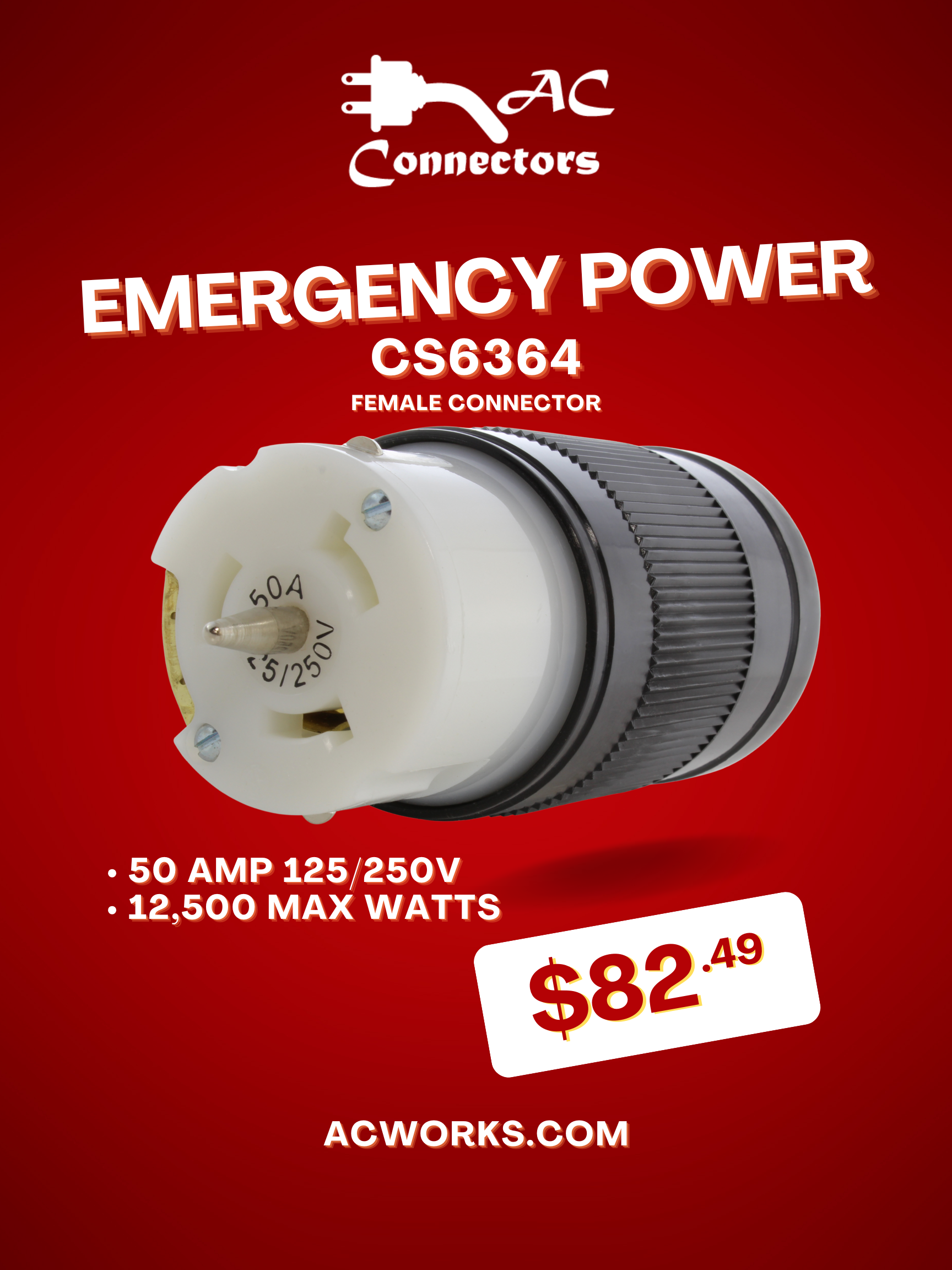

Share:
Avoiding Electrical Fires at Home
AC WORKS® Brand Products Available for Purchase in your Preferred Marketplace
3 comments
Hello Max. That is a great question. Hospital grade cords/extension cords have to be green dot. When they are green dot approved, that means they fall under the UL specification of UL 817. I found some information on that here: https://www.techstreet.com/standards/ul-817?product_id=1892742
Hospital grade cords and cord sets have solid pins, larger plug bodies that virtually eliminate the risk of wire to outer contour shock, and withstand greater pull forces. Hospital grade cord plugs must carry the “green dot” signifying that they have been designed and tested to UL 817 and CAN/CSA C22. This should make them usable in conjunction with power strips or other devices in the room. There are so many UL codes out there that apply to hospital/medical usage.
For UL 1363A, when they talk about “patient vicinity” they refer to a space that extends 6 ft. beyond the perimeter of the bed and 7½ ft. above the floor.
My organization requires UL 1363A per Join Commission but there is no standard I can find for just extension cords. Any thoughts on how a green dot extension cable would compare to UL 1363A and should this even be used in close patient proximity?
Thank you, I had always wondered why, and now I know. Thank you